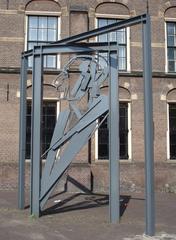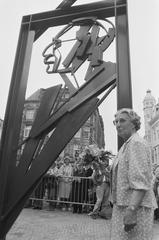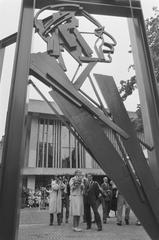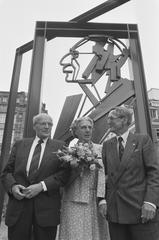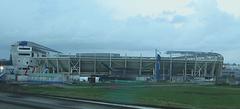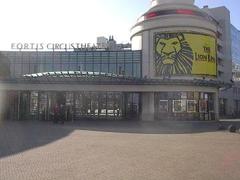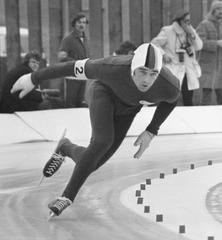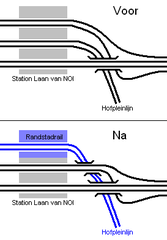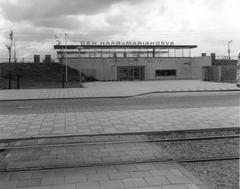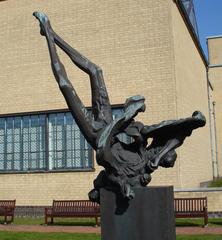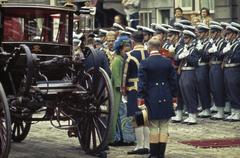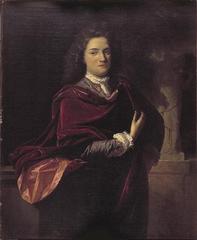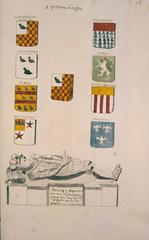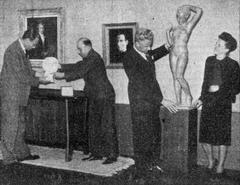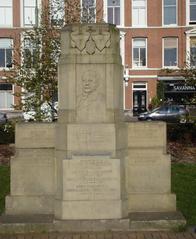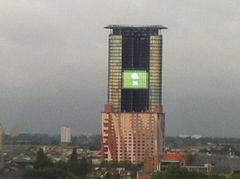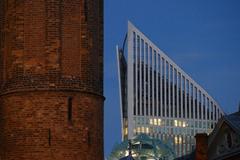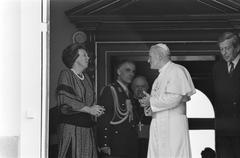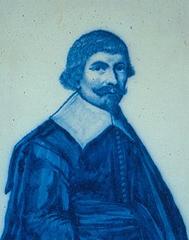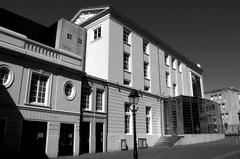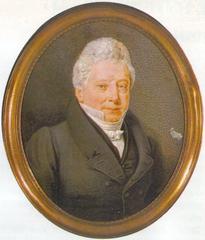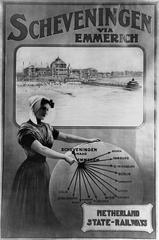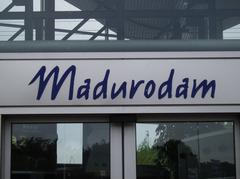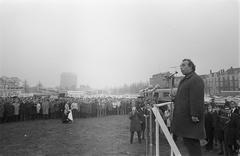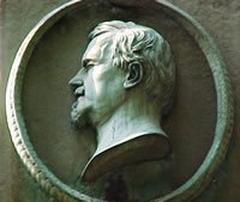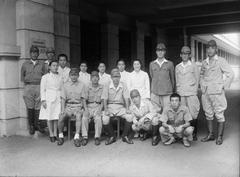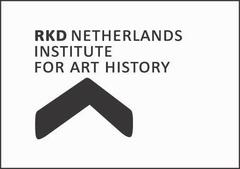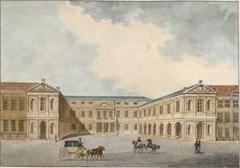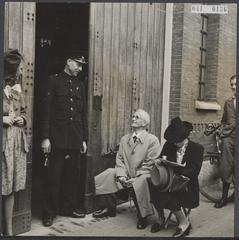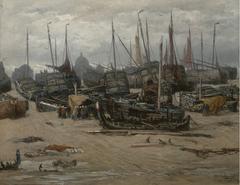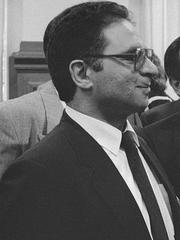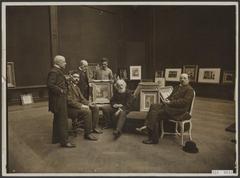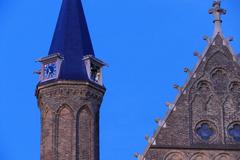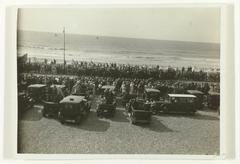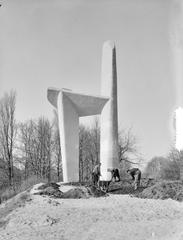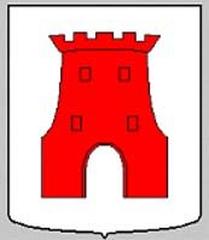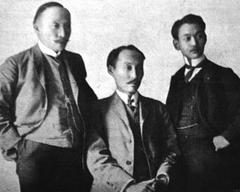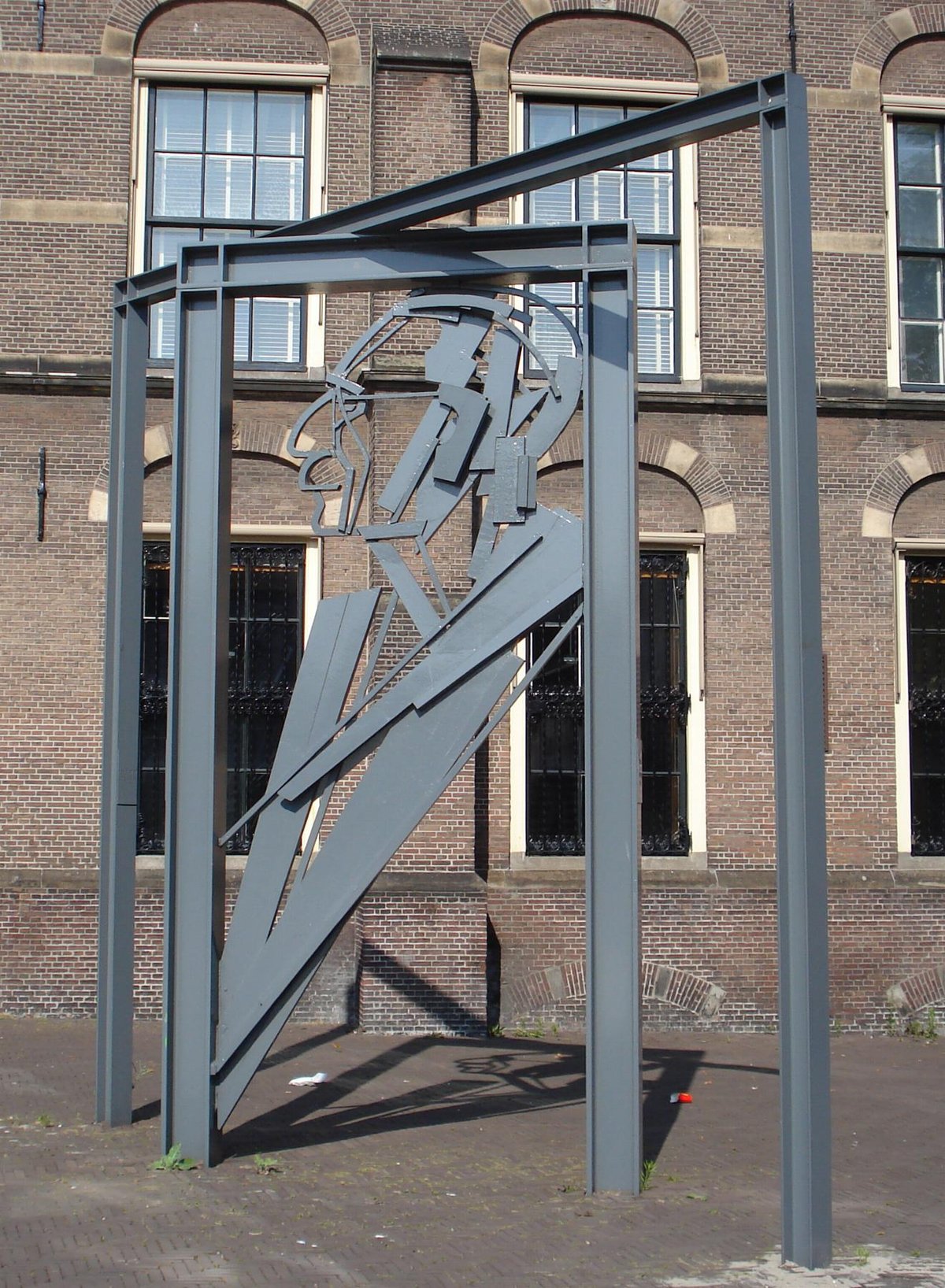
Willem Drees Monument: Visiting Hours, Tickets, and Guide to Historical Sites in The Hague
Date: 14/06/2025
Introduction
The Willem Drees Monument in The Hague stands as a profound tribute to one of the Netherlands’ most pivotal postwar leaders, Dr. Willem Drees. Serving as Prime Minister from 1948 to 1958, Drees is celebrated as the “Father of the Dutch Welfare State” for his role in shaping social security and rebuilding the nation after World War II. His introduction of the Old Age Pensions Act (AOW) and commitment to social justice remain central to Dutch society today. Situated near the Binnenhof—the seat of Dutch Parliament—the monument provides a unique opportunity for visitors to connect with a significant chapter in Dutch political and social history. This comprehensive guide covers visiting hours, ticketing, accessibility, and nearby attractions to help you make the most of your visit to this key cultural landmark. For more background on Drees’s legacy, see Parlement.com and Rijksoverheid.
Table of Contents
- Introduction
- Historical Background of Willem Drees
- The Willem Drees Monument: Location and Design
- Significance and Symbolism
- Visiting the Willem Drees Monument: Hours, Tickets, and Accessibility
- Guided Tours and Special Events
- Photographic Spots and Nearby Attractions
- Additional Visitor Tips
- Preservation and Community Engagement
- Cultural Institutions Connected to Drees’s Era
- Frequently Asked Questions (FAQ)
- Conclusion
- Call to Action
- References and Official Links
Historical Background of Willem Drees
Willem Drees (1886–1988) stands among the most influential Dutch statesmen of the 20th century. As Prime Minister from 1948 to 1958, he was instrumental in establishing the Dutch welfare state. His leadership after World War II brought about crucial reforms, most notably the Old Age Pensions Act (AOW) in 1957, and he played a vital role in integrating the Netherlands into postwar Europe (Parlement.com). Known for his pragmatic and modest approach, Drees became affectionately known as “Vadertje Drees” (Father Drees) among the Dutch public.
The Willem Drees Monument: Location and Design
The monument, designed by Eric Claus, has stood at multiple locations in The Hague, reflecting both Drees’s early political career as a Hague alderman and his national legacy as Prime Minister. Since 2013, a prominent bronze statue is located in the Bezuidenhout district at the intersection of Willem Dreespark and Juliana van Stolberglaan (Den Haag Direct). Another notable monument, designed in 1988 and featuring abstract lines and a distinctive red dot in the pavement, is situated on the Buitenhof, adjacent to the Binnenhof (BKDH).
The statue at Bezuidenhout portrays Drees in a thoughtful pose, emphasizing his humility. The abstract monument at Buitenhof, meanwhile, uses a double-frame design to symbolize the lasting image and layered legacy of Drees, with the red dot representing the democratic process and his social democratic ideals.
Significance and Symbolism
The Willem Drees Monument embodies not only the memory of Drees himself but also the values he upheld: social justice, solidarity, and democracy. The AOW law, which introduced universal old-age pensions, remains a foundational element of Dutch social security (Rijksoverheid). The modest and accessible design of the statues reflects Drees’s connection to the Dutch people and his commitment to public service.
Visiting the Willem Drees Monument: Hours, Tickets, and Accessibility
Location:
- Willem Dreespark, Bezuidenhout, The Hague
- Buitenhof, near the entrance to the Binnenhof, city center
Public Transport:
- Easily accessible via tram lines 2 and 6, and bus routes (HTM)
Parking:
- Limited street parking; public transport is recommended
Hours:
- Both monuments are outdoors and accessible 24/7, year-round
Tickets:
- No tickets are required; admission is free
Facilities:
- Benches and paved paths; wheelchair accessible
Note:
- The Buitenhof monument is temporarily in storage due to Binnenhof renovations (2021–2026). It will return once restoration is complete (BKDH).
Guided Tours and Special Events
Local tour operators frequently include the Willem Drees Monument in historical and political walking tours of The Hague. These tours offer in-depth insights into Drees’s contributions and the broader context of Dutch postwar history (The Hague Walking Tours). Commemorative events, such as on Drees’s birthday (July 5) and anniversaries of the AOW, often feature ceremonies and public gatherings.
Photographic Spots and Nearby Attractions
The monument’s central locations provide excellent photography opportunities, especially with the backdrop of The Hague’s historic government buildings. Notable nearby sites include:
- Binnenhof: The Dutch Parliament complex (The Crazy Tourist)
- Mauritshuis Museum: Masterpieces by Vermeer, Rembrandt, and Rubens
- Peace Palace: International Court of Justice
- Haagse Bos: The Hague Forest
Combining visits to these sites provides a comprehensive view of The Hague as a center of governance and international justice.
Additional Visitor Tips
- Visit on weekdays or early mornings for a quieter experience and optimal lighting for photos.
- Check local tourism websites or the Audiala app for updates on events and interactive guided tours.
- Pair your visit with a walk through The Hague’s historic city center or a trip to the nearby museums and parks.
- Most sites are wheelchair accessible; check ahead for specific accommodations.
Preservation and Community Engagement
The Municipality of The Hague maintains the monument through regular cleaning and conservation. Local organizations and schools often use the monument as a site for educational activities, lectures, and commemorative ceremonies (Gemeente Den Haag).
Cultural Institutions Connected to Drees’s Era
- Mauritshuis Museum: Open daily; houses Vermeer’s “Girl with a Pearl Earring”
- Prince William V Gallery: Features Dutch masterpieces; typically open 11:00–17:00
- Public Libraries and Theaters: Explore The Hague’s cultural scene, much of which flourished during Drees’s leadership
Frequently Asked Questions (FAQ)
Q: Is the Willem Drees Monument free to visit?
A: Yes, the monument is outdoors and free to visit at any time.
Q: Are guided tours available?
A: Yes, several walking tours in The Hague include the monument. Check with The Hague Walking Tours.
Q: Is the monument wheelchair accessible?
A: Yes, both locations have paved, flat access suitable for wheelchairs.
Q: What are the best times to visit?
A: Early mornings and late afternoons are ideal for quieter visits and better photography.
Q: Are there special events held at the monument?
A: Yes, commemorative events on significant anniversaries, including wreath-laying and lectures, often take place.
Conclusion
The Willem Drees Monument is a significant historical and cultural landmark in The Hague, celebrating the enduring legacy of a leader who shaped modern Dutch society. Whether you are a history enthusiast, scholar, or casual visitor, the monument—and the wider political district—offers a meaningful and reflective experience. Plan your visit in advance, especially considering ongoing renovations, and explore nearby attractions for a deeper appreciation of Dutch political heritage.
Call to Action
For the latest updates on the Willem Drees Monument and other historical sites in The Hague, download the Audiala app. Explore our other articles for more on Dutch monuments and subscribe to our social media channels for travel tips and cultural insights.
References and Official Links
- Parlement.com: Willem Drees Biography
- Rijksoverheid: History of the AOW
- Den Haag Direct: Monument Unveiling
- BKDH: Monument voor Dr. Willem Drees
- The Hague Walking Tours
- Gemeente Den Haag
- HTM (Public Transport)
- The Crazy Tourist: The Hague
- Netherlands Tourism
- Nomadic Matt: The Hague
Experience Dutch history through the enduring legacy of Willem Drees—a true architect of social progress and democracy in the Netherlands.
